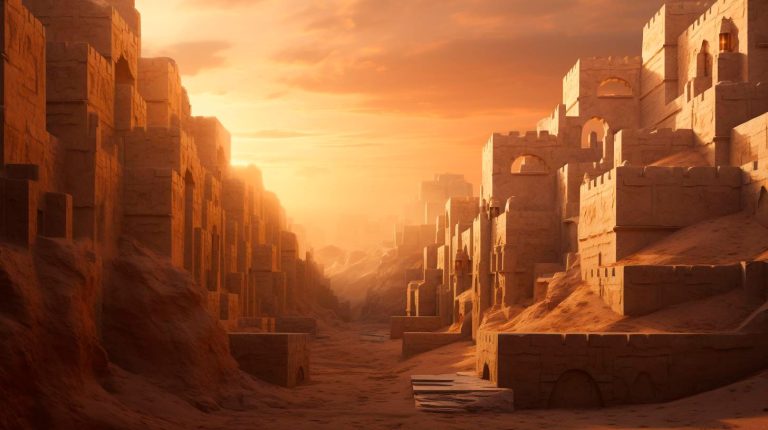In this article, we will explore the intriguing history of aerial photography and its evolution over time.
The Early Beginnings
Aerial photography can be traced back to the mid-19th century when advancements in technology made it possible to capture images from the sky. French photographer and balloonist Gaspard-Félix Tournachon, also known as Nadar, is credited with taking the first ever aerial photograph in 185 He captured the rooftops of Paris from a hot air balloon, marking a significant milestone in the history of photography.
The Advent of Aircraft
As aviation technology progressed, so did the field of aerial photography. In the early 20th century, the use of airplanes for aerial reconnaissance during World War I paved the way for advancements in aerial photography techniques. By mounting cameras on fixed-wing aircraft, military personnel were able to capture vital information from the sky, giving them a strategic advantage.
After the war, aerial photography gained popularity among civilian photographers as well. The ability to capture vast landscapes and cityscapes from a bird’s-eye perspective fascinated many, and aerial photography quickly became a sought-after art form.
The Rise of Drones
In recent years, the introduction of unmanned aerial vehicles, commonly known as drones, has revolutionized aerial photography once again. Drones equipped with high-resolution cameras have made it easier and more accessible for photographers, filmmakers, and even hobbyists to capture stunning aerial shots.
The use of drones has also had a significant impact on various industries. For example, in real estate, aerial photographs taken by drones provide potential buyers with a comprehensive view of properties, highlighting their unique features and surroundings. In agriculture, drones are used to monitor crop health and optimize irrigation. Even in the construction industry, drones are used to survey sites and assess progress.
The Future of Aerial Photography
The future of aerial photography looks promising, with advancements in technology continuing to push the boundaries of what is possible. Here are some key takeaways for the future:
- Improvements in drone technology will lead to smaller, more agile drones capable of capturing even more detailed aerial photographs.
- Advancements in image processing algorithms will enhance the quality and resolution of aerial photographs, allowing for greater accuracy in various applications.
- The integration of artificial intelligence and machine learning will enable drones to automatically identify key features and objects, making aerial photography more efficient.
- The use of aerial photography in disaster management and emergency response will become more prevalent, providing valuable insights to aid in decision-making processes.
In conclusion, aerial photography has come a long way since its early beginnings. From the first aerial photograph taken from a hot air balloon to the drones of today, the evolution of technology has transformed this art form. Aerial photography has proved to be invaluable in a wide range of industries and will continue to shape our understanding of the world from above.














+ There are no comments
Add yours